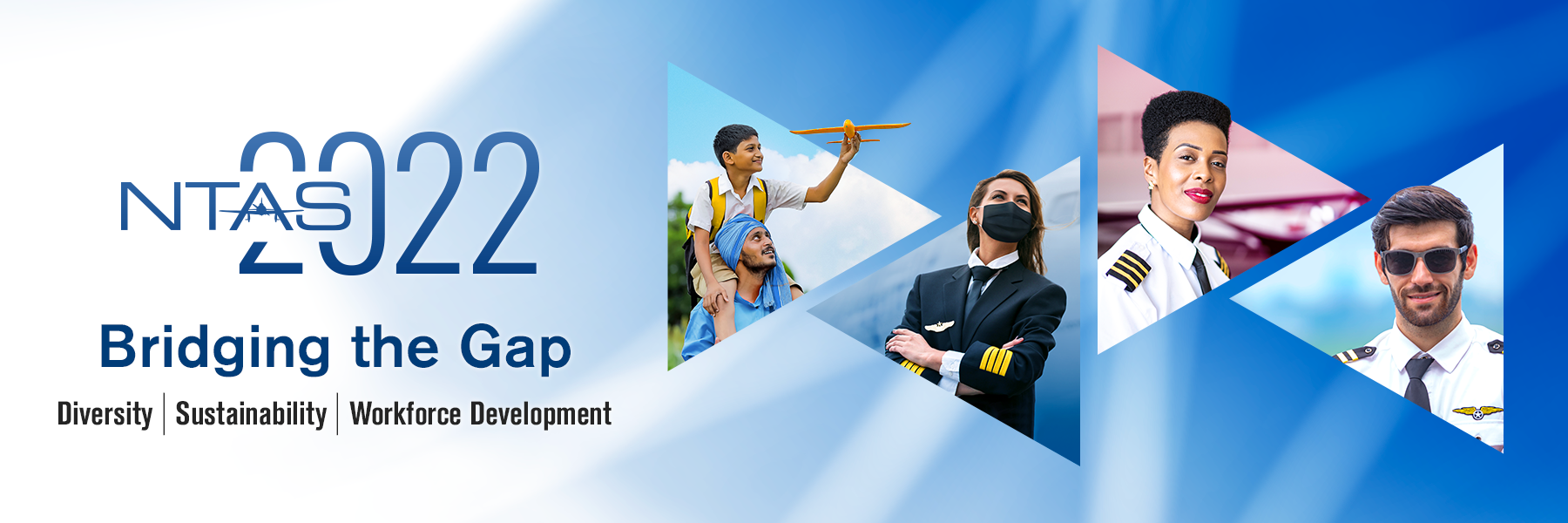Presenter Email
thomasr7@erau.edu
Keywords
virtual reality, procedural training, flight training
Abstract
As Virtual Reality (VR) technology becomes more affordable, integrating VR training into pilot training programs is becoming a focus of many flight schools and universities. The purpose of this study is to investigate the impact of VR software and supporting devices as a familiarization and procedural trainer for private pilot students. This presentation will introduce the usage of the VR software for procedural training in the new private pilot training program implemented by the Embry-Riddle Aeronautical University’s Daytona Beach Campus Flight Department. In this program, new private pilot students partake in a month-long program to learn basic skills and knowledge to prepare them for their upcoming flight lessons.
The presentation will cover:
1) A brief introduction to the Commercial Aviation Augmented Reality Toolkit (CAART) software,
2) An outline of how this software is used in the overall layout of the training course,
3) A description of the equipment used including examples and a display of each of the three types of training delivery methods,
4) A discussion of the research plan currently underway and
5) A synopsis of relevant preliminary data regarding the experiences of participants in relation to usability, presence, satisfaction, and simulator sickness.
The presentation will cumulate in a discussion outlining future research plans.
Integration of Virtual Reality Procedural Training in a Flight Training Curriculum
As Virtual Reality (VR) technology becomes more affordable, integrating VR training into pilot training programs is becoming a focus of many flight schools and universities. The purpose of this study is to investigate the impact of VR software and supporting devices as a familiarization and procedural trainer for private pilot students. This presentation will introduce the usage of the VR software for procedural training in the new private pilot training program implemented by the Embry-Riddle Aeronautical University’s Daytona Beach Campus Flight Department. In this program, new private pilot students partake in a month-long program to learn basic skills and knowledge to prepare them for their upcoming flight lessons.
The presentation will cover:
1) A brief introduction to the Commercial Aviation Augmented Reality Toolkit (CAART) software,
2) An outline of how this software is used in the overall layout of the training course,
3) A description of the equipment used including examples and a display of each of the three types of training delivery methods,
4) A discussion of the research plan currently underway and
5) A synopsis of relevant preliminary data regarding the experiences of participants in relation to usability, presence, satisfaction, and simulator sickness.
The presentation will cumulate in a discussion outlining future research plans.



Comments
Presented in Session 2 A - AR, VR, & Weather Simulation: Advances in Training